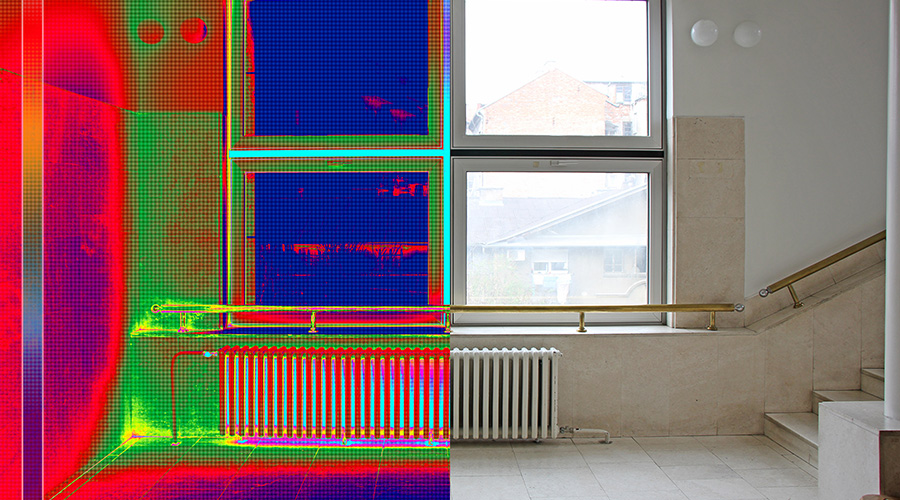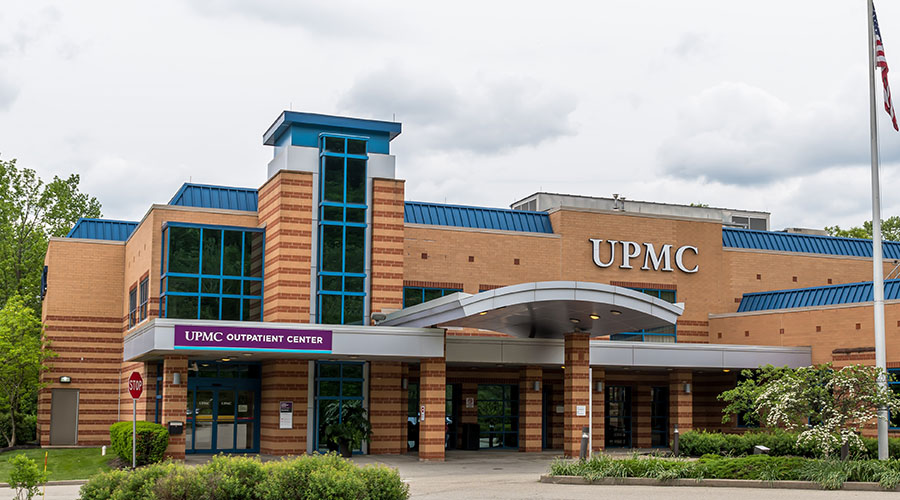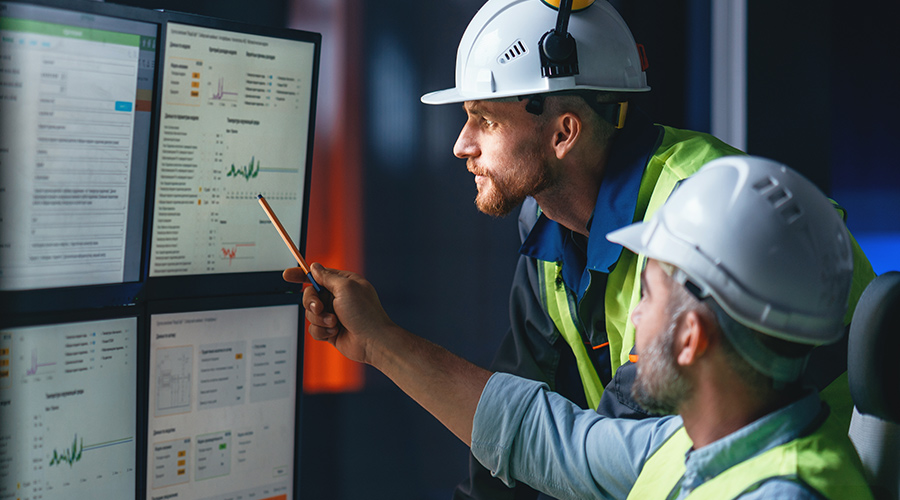Managers Need to Keep up with Changing Technology
OTHER PARTS OF THIS ARTICLEPt. 1: This Page
Keeping up with the latest building technology is difficult, due to the huge number of advances every year. But if maintenance and engineering managers do not keep up, they risk missing opportunities to decrease costs and improve tenant comfort and staff productivity.
As managers, it is unequivocally important to be aware of the newest technology and to understand its benefits and limitations. Fail to do this, and managers risk getting run over by technology advances.
When a piece of older equipment nears its end of life, one option is to spend a bit more money on a more efficient, state-of-the-art replacement. The small additional capital cost will often be paid back with energy savings in just a couple of years, and over the life of the equipment, that can mean big savings for the facility — which is good news for those on the corporate level.
Many new technologies can benefit every type of facility, so managers have no one to blame but themselves for missing the opportunities. They include:
Lighting. Light-emitting-diode (LED) technology and other high-efficiency products are getting a big push because lighting is such a large percentage of energy use in buildings. But does an LED fixture that costs $400 and uses 20 percent less energy than a $200 high-efficiency T8 make fiscal sense? Is a $200 high-efficiency T8 better than a $120 run-of-the-mill T8? The answers often depend on utility rates and labor costs, but knowing the limitations allows managers to leverage the capital budget most effectively.
Motors and drives. Variable-frequency drives (VFD) and high-efficiency motors are no-brainers. Motors die all the time, and the additional costs to replace the dead motor with a VFD and a high-efficiency unit is more than offset by the energy savings.
Exhaust controls. Each cubic foot per minute (CFM) of exhaust costs about $5.50 per year, so use VFDs and static duct-pressure monitoring to control exhaust. Imagine a facility with three 5,000 CFM fans running constantly. Reducing the load by 20 percent over the course of the year results in more than $16,000 in savings.
Controls. Consider an intelligent building- or lighting-control system. Control HVAC systems to operate only when needed, make them automatically adjustable to the actual load, and use free cooling in cold weather. Have the lighting-control system automatically turn out lights in unoccupied buildings or spaces.
Uninterruptible power supply (UPS). The typical dual-conversion UPS is 90-97 percent efficient, losing a good deal of its power in the form of heat. Flywheel and high-efficiency UPS that use line-interactive or hybrid technology — dual conversion on demand — can be 96-99 percent efficient. Batteries are a main source of failure and maintenance costs, and flywheel technology can decrease the rates of failure and maintenance costs dramatically. For example, a 500-kilowatt UPS system in a data center in an region with an energy rate of $0.12 per kilowatt-hour will save $16,000 per year if it increases its UPS efficiency by 3 percent. That will make any CFO happy.
Retrocommissioning. A new building might be highly efficient when it opens, but as time passes, the building requires retrocommissioning to maintain its efficiency. Technicians lock out controls for maintenance but put them back in place. They set a motor on manual for a specific event but never put it back to automatic. All of these moves will use more energy, and retrocommissioning can identify and solve all of them.
Gathering Information
Managers are busy, so how can they possibly find time to develop a strategy to keep up with technology advances? The real question is, how can they afford not to?
Create a plan and process for updating supervisors, engineers, and technicians on the latest technology. Have a concrete budget, and make sure to use the budget every year. Put someone in charge of allocating the budget, preferably someone who will benefit directly from the training.
Use vendors and consulting engineers as free resources because staying on top of technology is their job. Ask a consulting design engineer to visit the job site and train staff for free, since educating technicians also benefits those in the design industry.
Ignorance breeds fear, and newer technology is often, but not always, the best design approach. But if managers do not understand these technologies, fear takes over, they ignore the technologies, and design suffers.
Technology Strategy
The amount of new technology is mind-boggling. How can managers stay current?
Pick one topic to cover each month or two months. Research that topic, or better yet, assign it to a staff member. Then have that person present the topic to the rest of the department. The best way to understand is to teach, and focusing on one topic will create a framework to prevent getting lost in all the technologies.
Beyond daily maintenance, understanding the latest technology also will help managers in their roles in design and construction. The result often is a facility with characteristics a manager wants and understands.
Be practical, though. Learn how to assess the benefits and drawbacks of a new technology. Learn how to perform a rough analysis of life-cycle costs to determine if the upfront cost of a new technology outweighs the long-term energy or operations and maintenance benefits. How will energy costs affect it? How will it affect manpower? If a manager replaces fluorescent fixtures that require relamping every 15,000 hours with LED fixtures that might last more than 50,000 hours, how many hours of maintenance could that save annually?
Attend facility engineering trade shows, and get involved with local chapters of national or international organizations of facility managers, such as the International Facility Management Association (IFMA). It is amazing what managers can learn from just being around other facility folks. Going out to dinner or a bar and talking shop will help managers become more familiar with newer technologies, and it will help them realize where they need to grow.
Staying current on technology advances can be daunting. But if managers take full advantage of them, properly fund an education process, and take full advantage of the available resources, the benefits can be astounding.
Agree? Disagree? Have something to say? We want to hear from you. Visit myfacilitiesnet.com/members/andrew-meyers/default.aspx, and "Start a Conversation."
Andrew Meyers, P.E., LEED AP, CEM, is a senior associate with Mazzetti Nash Lipsey Burch in Washington, D.C., a consulting and design firm specializing in health care, mission critical, and laboratory facilities.
Related Topics:











